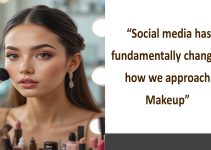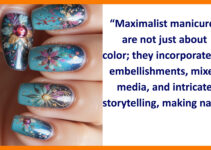Introduction
The beauty industry has undergone a significant transformation in recent years, embracing inclusivity, diversity, and self-expression in unprecedented ways. One area where this shift is especially evident is in nail art. Traditionally associated with femininity, nail care and design are now being redefined as gender-neutral, allowing individuals of all identities to explore and express themselves freely. This article delves into the significance of inclusivity in nail design, the rise of gender-neutral styles, and how nail art serves as a medium for self-expression beyond societal norms.
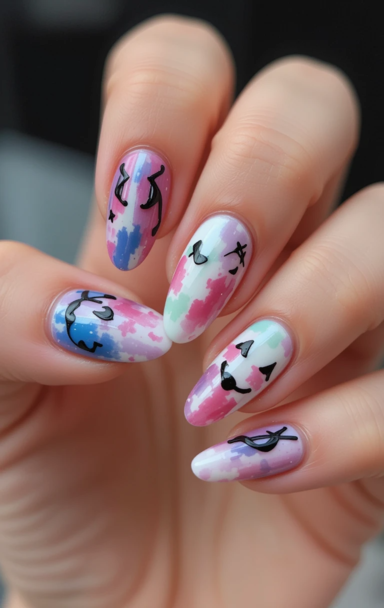
The Evolution of Nail Art: From Tradition to Modern Inclusivity
Historically, nail care and decoration have been linked to femininity in many cultures. Women used nail polish as a beauty enhancement, a mark of social status, and a fashion statement. However, the concept of nail adornment is not exclusively feminine. In ancient Egypt, both men and women used henna to decorate their nails. Similarly, in the Ming Dynasty, male aristocrats wore long, painted nails as a status symbol.
In contemporary times, the rigid gender norms surrounding nail art have started to dissolve. Celebrities, influencers, and everyday individuals have embraced nail polish and design as an artistic and personal statement rather than a gendered accessory. Figures like Harry Styles, Bad Bunny, and Lil Nas X have sported painted nails, challenging traditional beauty standards and redefining masculinity.
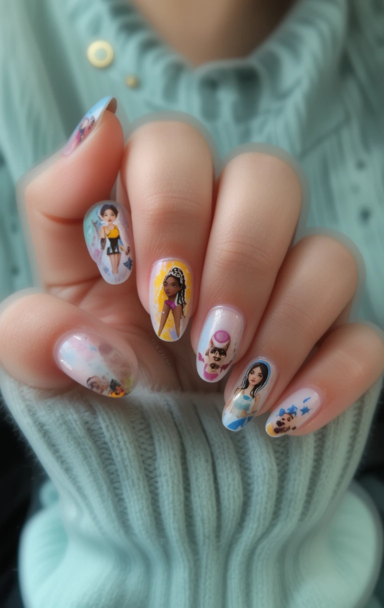
Why Inclusivity in Nail Design Matters
Inclusivity in nail design is about breaking stereotypes and creating an environment where self-expression is not limited by gender, age, or societal expectations. The beauty industry plays a crucial role in shaping perceptions, and by promoting gender-neutral nail art, it fosters a sense of belonging for all individuals.
1. Breaking Gender Norms
For decades, men who painted their nails were often stigmatized. Today, gender-neutral nail art is shifting that perspective, allowing people to explore beauty without fear of judgment. This change is particularly important for non-binary and gender-fluid individuals who do not fit into traditional gender categories.
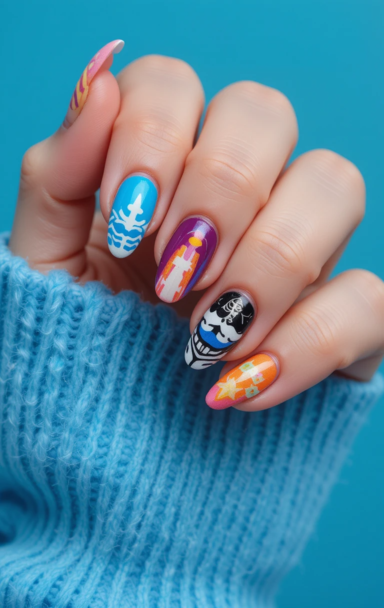
2. Encouraging Self-Expression
Nail art is a form of personal expression, much like fashion and hairstyling. Inclusivity in nail design empowers individuals to showcase their personality, emotions, and creativity without societal constraints.
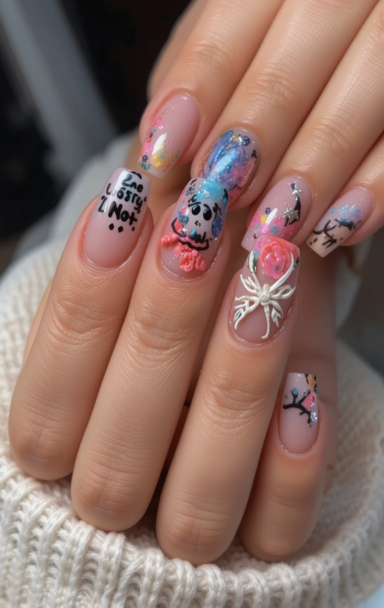
3. Promoting Acceptance and Diversity
When brands and salons offer gender-neutral designs, they contribute to a culture of acceptance. This not only benefits those who identify outside the gender binary but also normalizes diversity in beauty standards.
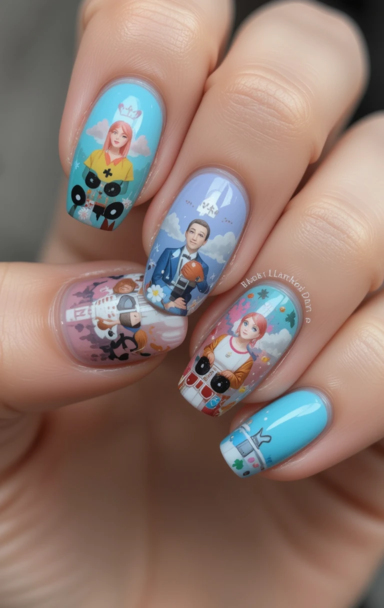
What Makes a Nail Design Gender-Neutral?
Gender-neutral nail designs move away from traditionally “masculine” or “feminine” aesthetics and instead focus on universal appeal. Here are some key elements of gender-inclusive nail art:
1. Minimalist and Abstract Designs
Clean lines, geometric patterns, and abstract designs cater to a broad audience. Simple dots, stripes, or asymmetrical shapes work well for those who prefer subtle yet stylish nail art.
2. Neutral and Earthy Colors
While bright pinks and pastels are often associated with femininity, gender-neutral nail art embraces shades like black, gray, navy, olive green, and earthy tones. These colors provide a modern and sophisticated look suitable for everyone.
3. Matte Finishes and Texture Variations
Matte nail polish, metallic accents, and textured finishes (such as a stone or leather effect) add depth to nail designs without leaning toward traditionally feminine or masculine aesthetics.
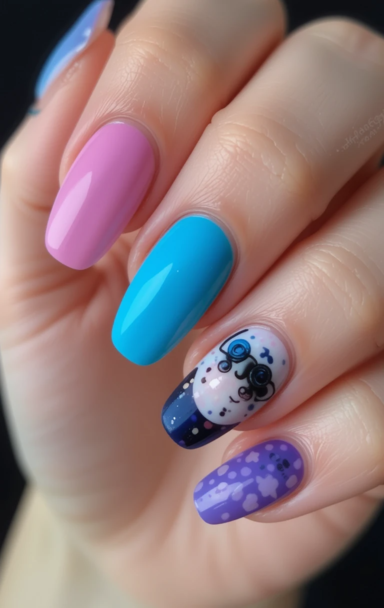
4. Short and Well-Groomed Nails
Gender-neutral nail art often focuses on well-groomed, natural-length nails rather than extreme shapes like stiletto or coffin nails. Rounded, square, or almond shapes are versatile and appeal to a diverse range of people.
5. Symbolic and Meaningful Designs
Nail designs that incorporate meaningful symbols, such as yin-yang, celestial elements, or nature-inspired patterns, allow for personal expression without conforming to gendered styles.
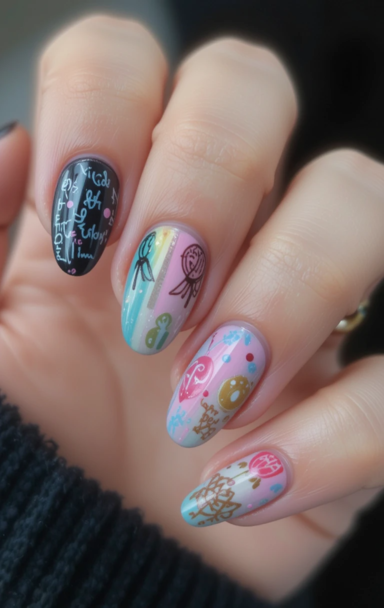
Popular Gender-Neutral Nail Design Trends
The following trends highlight how nail art is becoming more inclusive and appealing to people of all genders:
1. Monochrome Nails
Solid colors like black, white, gray, or navy blue exude elegance and simplicity. A matte black finish, for example, is both edgy and refined, making it a popular choice for gender-neutral nails.
2. Geometric Patterns
Triangles, lines, dots, and asymmetric patterns provide a modern and sleek look. These designs are easy to customize and work well on short or long nails.
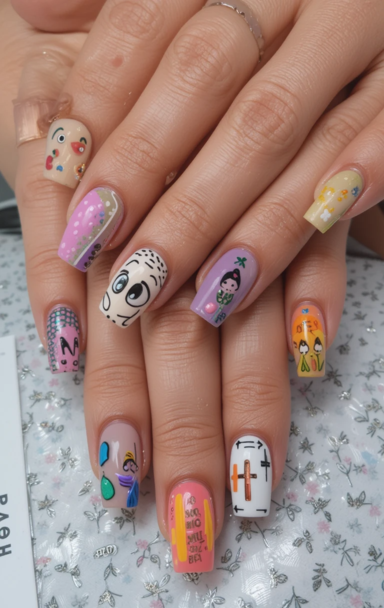
3. Negative Space Art
Leaving parts of the nail bare while incorporating minimalist designs offers a subtle yet striking effect. This trend is favored for its understated and contemporary appearance.
4. Chrome and Metallic Accents
Silver, gold, and gunmetal metallic finishes add an element of sophistication. These colors work for all genders and elevate any nail design.
5. Gradient and Ombre Effects
Soft gradients and ombre transitions using neutral tones, such as gray to black or beige to brown, provide a stylish yet subtle statement.

6. Matte and Glossy Contrast
Combining matte and glossy finishes on the same nail design creates an elegant yet understated look, appealing to a broad audience.
7. Abstract Art and Brush Strokes
Modern, free-flowing brush strokes, watercolor effects, and abstract designs allow for creativity without rigid gender labels.
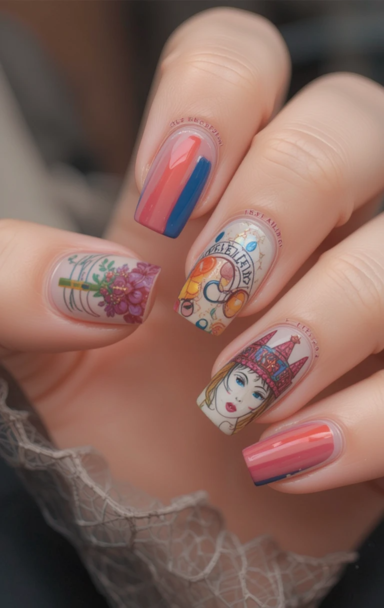
How Salons and Brands Can Promote Inclusivity in Nail Art
To ensure that nail art remains inclusive, the beauty industry must actively promote gender-neutral designs and create welcoming environments for all clients. Here are some steps that salons and brands can take:
1. Use Gender-Neutral Language
Salons should avoid marketing nail services as exclusively for women. Using inclusive language such as “nail care for everyone” creates a welcoming atmosphere.
2. Feature Diverse Models and Ambassadors
Beauty brands should showcase people of different genders, races, and backgrounds in their campaigns to reflect the diversity of their clientele.
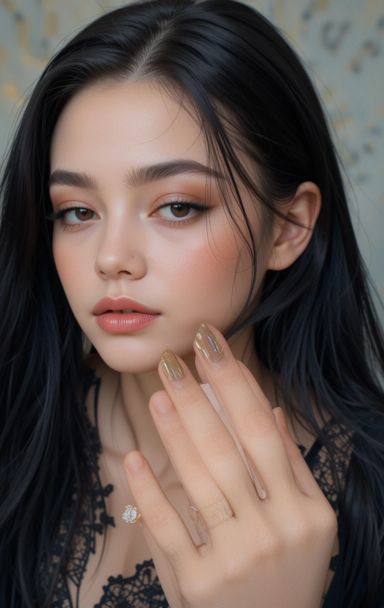
3. Offer a Variety of Nail Designs
Providing options beyond traditionally feminine styles ensures that all individuals feel included. Salons can display gender-neutral designs in their portfolios.
4. Educate and Train Nail Artists
Training nail technicians to understand and appreciate gender inclusivity helps them cater to a diverse range of clients and break stereotypes.
5. Create Safe Spaces for Expression
Salons should foster an environment where clients feel comfortable expressing themselves without judgment.
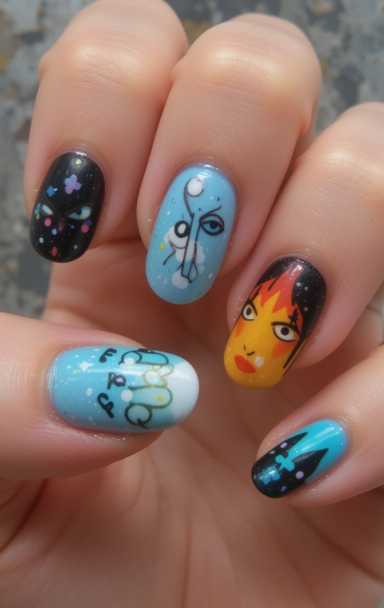
Conclusion
The movement towards inclusivity and gender-neutral nail designs reflects a broader cultural shift towards self-expression without boundaries. By embracing diverse nail styles, individuals of all genders can celebrate their uniqueness while challenging outdated beauty norms. As inclusivity becomes a standard in the beauty industry, gender-neutral nail art will continue to flourish, proving that creativity and self-expression belong to everyone, regardless of gender identity.
With brands, salons, and individuals championing diversity, nail art is no longer just a cosmetic accessory but a powerful tool for self-identity and empowerment.

